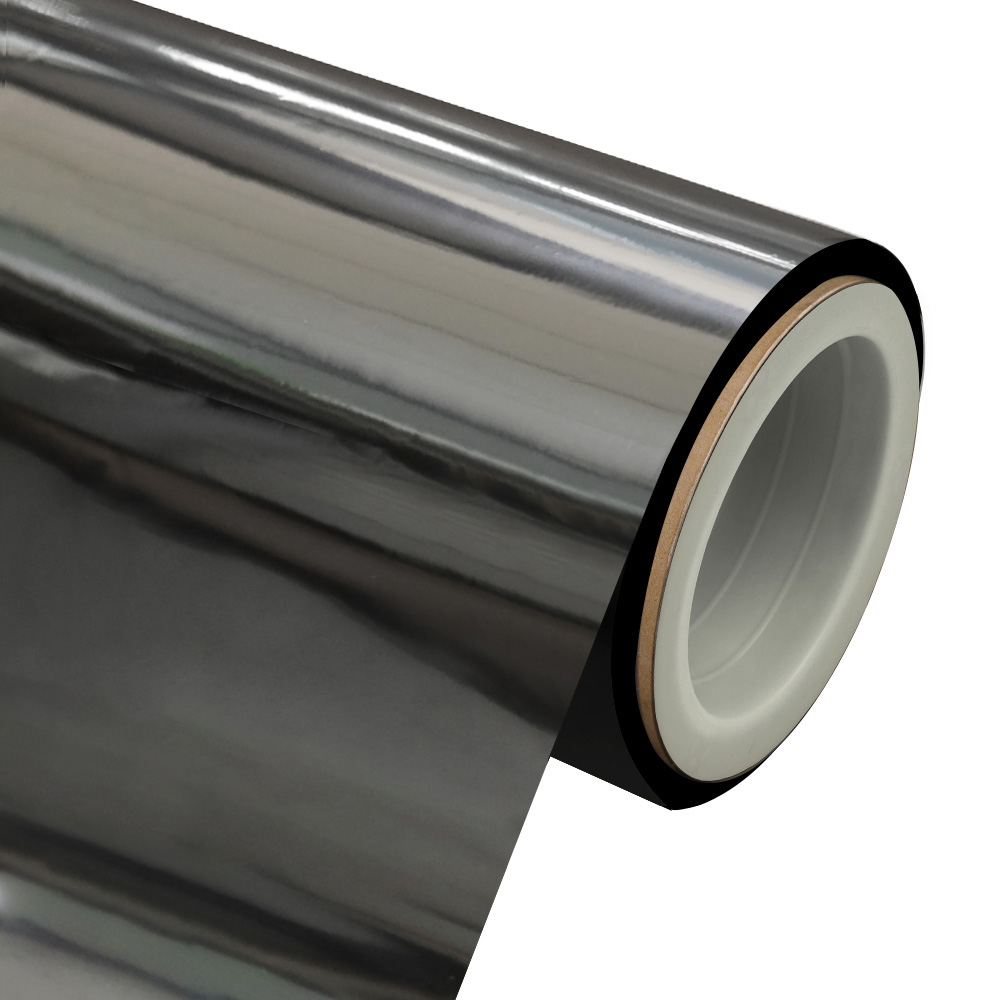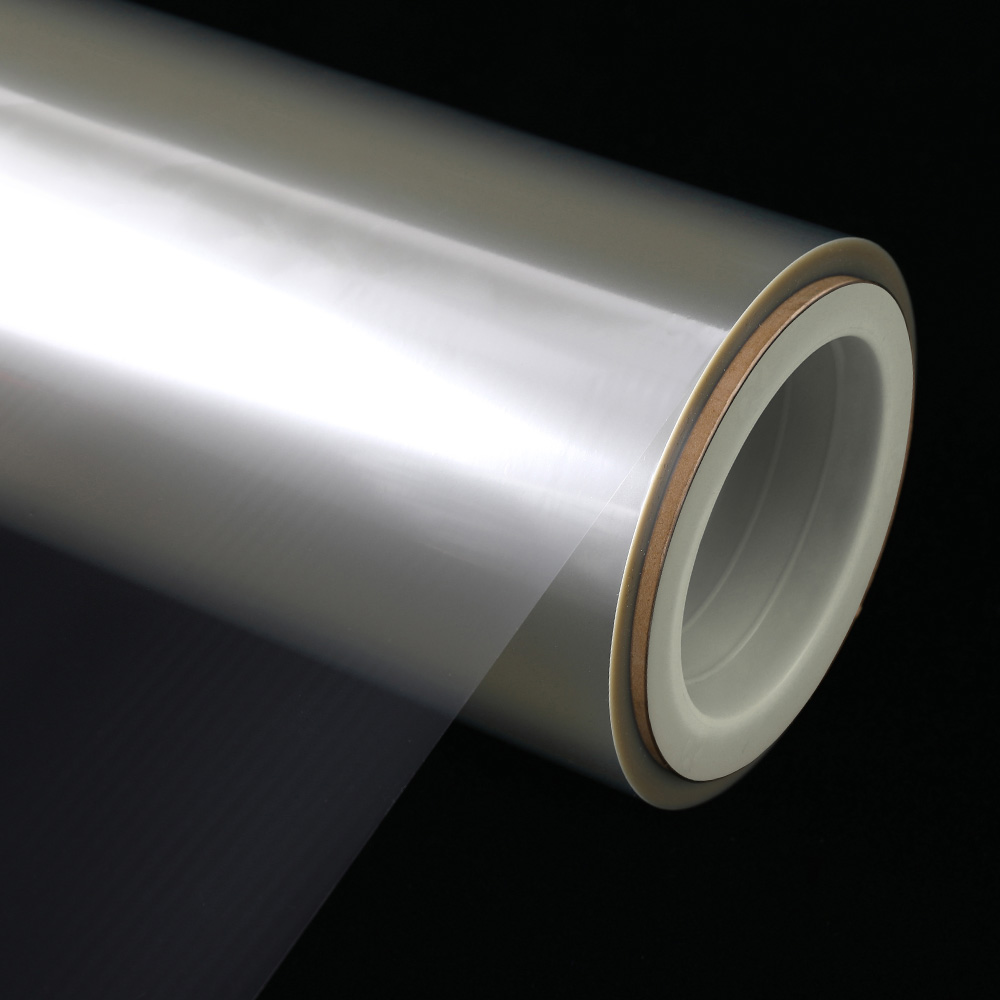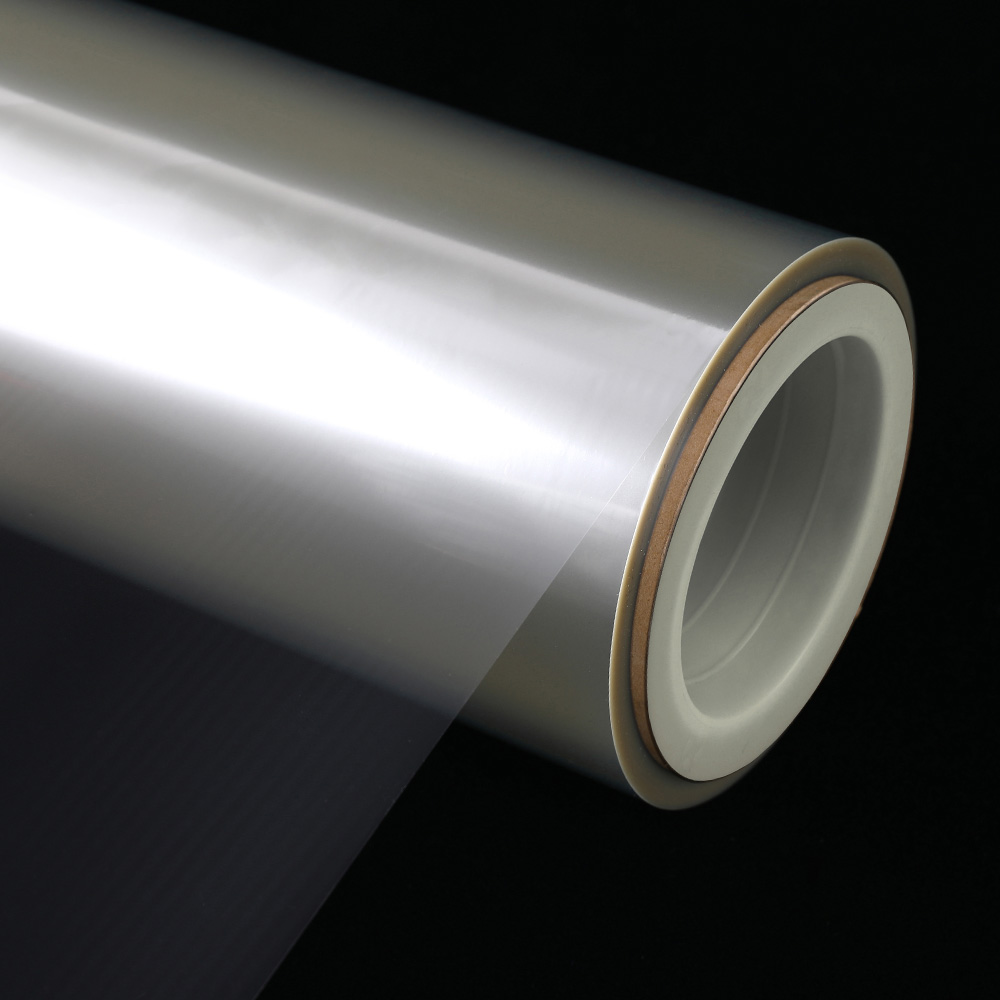What are the differences between water-soluble PVA coatings and other types of coatings?
The use of specialized coatings on films, particularly in high-performance packaging, has become essential for meeting industry demands for durability, barrier properties, and sustainability. Among these, PVA coated BOPA film (biaxially oriented polyamide film) has gained prominence due to its unique combination of transparency, mechanical strength, and enhanced barrier performance. A key factor in its effectiveness is the water-soluble PVA (polyvinyl alcohol) coating, which distinguishes it from other coating types such as acrylic, PVdC (polyvinylidene chloride), metallization, and EVOH (ethylene vinyl alcohol).
Fundamental properties of water-soluble PVA coatings
Water-soluble PVA coatings are widely used in high barrier BOPA film due to their excellent oxygen and aroma barrier properties. Unlike hydrophobic coatings, PVA dissolves in water, making it an environmentally friendly option in certain applications. When applied to BOPA film with PVOH coating, the PVA layer forms a dense, uniform barrier that significantly reduces oxygen transmission rates (OTR). This is particularly beneficial in food packaging barrier film, where extended shelf life is critical. Additionally, PVA coatings maintain high clarity, making them ideal for transparent high barrier film applications where product visibility is important.
One of the key advantages of PVA coated nylon film is its biodegradability under specific conditions. While traditional coatings like PVdC or metallized layers offer strong barrier properties, they are not environmentally degradable. In contrast, water-soluble coated BOPA film can be engineered to break down in industrial composting settings, aligning with increasing regulatory and consumer demands for sustainable packaging. However, this solubility also imposes limitations—PVA coated packaging film may not be suitable for high-moisture environments unless additional protective layers are applied.
Comparison with other common coating types
1. PVdC (polyvinylidene chloride) coatings
PVdC is one of the most widely used coatings for oxygen barrier nylon film due to its exceptional gas and moisture barrier properties. Unlike PVA coated polyamide film, PVdC is not water-soluble and provides better resistance to humidity. This makes it a preferred choice for retort packaging film, where high-temperature sterilization is required. However, PVdC contains chlorine, raising environmental and recycling concerns. In contrast, BOPA PVA high gas barrier film offers a halogen-free alternative, though with slightly different performance trade-offs.
2. Metallized coatings
Metallized films, where a thin layer of aluminum is deposited onto BOPA film for pouch packaging, provide an excellent barrier against oxygen, moisture, and light. They are commonly used in flexible packaging film with PVA layer alternatives when ultra-high barrier performance is needed. However, metallized coatings are opaque, limiting their use in applications requiring transparency. PVA coated BOPA film, on the other hand, maintains clarity while still offering strong oxygen resistance, making it suitable for films for MAP (Modified Atmosphere Packaging) where both barrier properties and product visibility are important.
3. EVOH (ethylene vinyl alcohol) coatings
EVOH is known for its outstanding oxygen barrier performance, often used in multilayer film for vacuum packaging. However, EVOH’s barrier properties degrade significantly in high-humidity environments unless laminated with other materials. PVA coated BOPA film provides a more balanced performance, with better moisture resistance than pure EVOH while still maintaining strong oxygen barrier characteristics. Additionally, BOPA-based barrier films with PVA coatings are often more cost-effective than complex EVOH multilayer structures.
4. Acrylic coatings
Acrylic coatings are used in high barrier flexible packaging materials primarily for their moisture resistance and printability. While they do not offer the same oxygen barrier as PVA coated film manufacturers might provide, they are often chosen for applications where water vapor transmission rate (WVTR) is a bigger concern than OTR. A key drawback is that acrylic coatings are typically derived from petrochemicals and are not biodegradable, unlike water-soluble PVA coatings.
Performance in different applications
The choice between PVA coated BOPA film and other coated films depends heavily on the end-use requirements. For nylon film for high barrier packaging in dry food products, PVA coatings are often sufficient due to their strong oxygen barrier and biodegradability. However, for retort packaging film suppliers, PVdC or metallized options may be preferred due to their superior moisture resistance.
In cosmetics and personal care packaging, where both barrier properties and aesthetic appeal matter, PVA coated BOPA film is frequently selected for its clarity and moderate moisture resistance. Meanwhile, high oxygen barrier film applications in pharmaceutical packaging may lean toward EVOH or metallized films when absolute oxygen blocking is critical.
Environmental and regulatory considerations
Sustainability is a growing factor in coating selection. Water-soluble PVA coatings are gaining traction as an EVOH alternative film in certain applications due to their biodegradability. However, their performance in high-humidity conditions remains a limitation. Regulatory trends, particularly in Europe and North America, are pushing for reduced use of halogenated materials like PVdC, making PVA coated BOPA film a more attractive option in some markets.
The differences between water-soluble PVA coatings and other coating types highlight the importance of selecting the right material based on application needs. PVA coated BOPA film excels in oxygen barrier performance, transparency, and environmental friendliness, while alternatives like PVdC, metallization, and EVOH offer superior moisture resistance or ultra-high barrier properties in specific conditions. As packaging demands evolve toward sustainability without sacrificing performance, PVA coated polyamide film and its variants will continue to play a critical role in high-performance flexible films across multiple industries.


 English
English  中文简体
中文简体 





